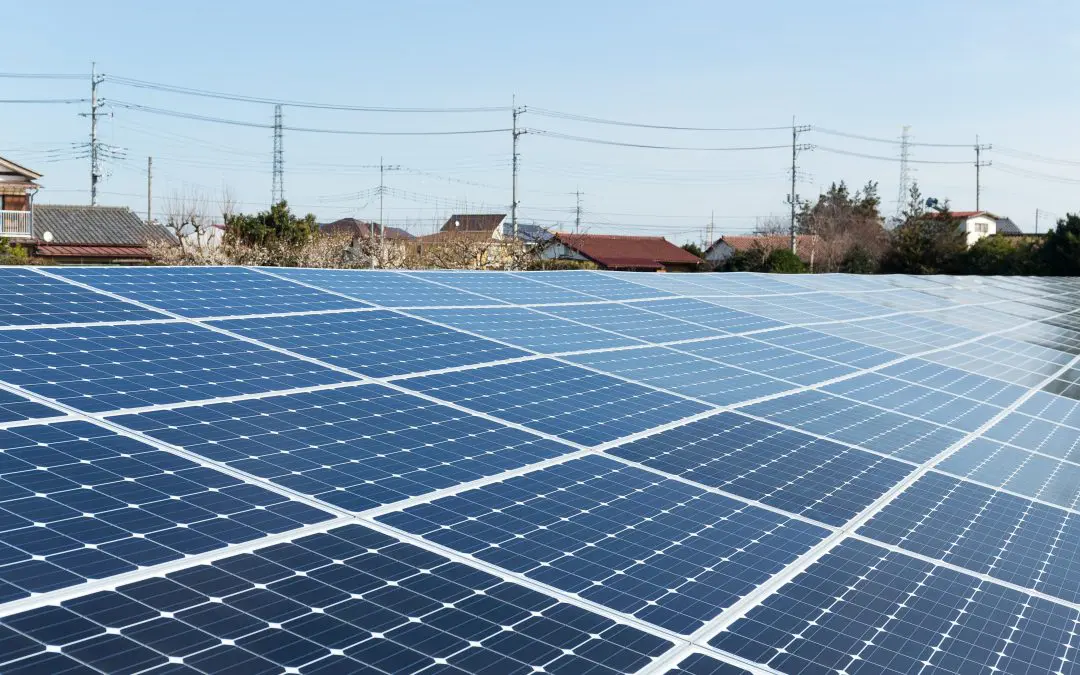As the world transitions to cleaner energy sources, distributed solar systems, especially small-scale installations like rooftop panels, are gaining popularity. Unlike traditional utility-scale solar farms, distributed solar systems are installed at or near the point of use, providing numerous advantages but also posing certain challenges. Here, we deep dive into the benefits and challenges of distributed solar systems, highlighting why they are becoming a preferred choice for many homeowners and businesses.
Benefits of Distributed Solar Systems
- Energy Independence and Resilience Distributed solar systems offer users a degree of energy independence by reducing reliance on the grid. This can be particularly beneficial during power outages or in remote locations where grid access is limited. By generating their own electricity, users can ensure a more consistent and reliable power supply.
- Cost Savings One of the most significant benefits of distributed solar systems is the potential for cost savings. By generating electricity on-site, homeowners and businesses can reduce their utility bills. With the decreasing cost of solar panels and the availability of incentives like tax credits and rebates, the initial investment in solar energy can pay off relatively quickly.
- Environmental Impact Distributed solar systems contribute to reducing greenhouse gas emissions and reliance on fossil fuels. By generating clean, renewable energy, these systems help mitigate climate change and promote sustainability. Additionally, they reduce the need for extensive infrastructure associated with large-scale power plants and transmission lines.
- Scalability and Flexibility Distributed solar systems are highly scalable and can be tailored to meet the specific energy needs of different users. Whether it’s a small residential rooftop installation or a larger commercial setup, these systems can be customized to suit various requirements and budgets.
- Local Economic Benefits The installation and maintenance of distributed solar systems create local jobs and stimulate economic growth. By supporting local solar installers and manufacturers, communities can benefit economically while promoting renewable energy adoption.
Challenges of Distributed Solar Systems
- Initial Costs and Financing Despite the long-term cost savings, the initial investment required for installing distributed solar systems can be a barrier for many. Although the cost of solar panels has decreased significantly, upfront costs remain substantial. Securing financing or taking advantage of incentives and rebates can help, but these options may not be accessible to everyone.
- Intermittency and Energy Storage Solar energy is inherently intermittent, with generation dependent on sunlight availability. This variability can pose challenges for ensuring a consistent power supply. Integrating energy storage solutions like batteries can help mitigate this issue, but storage systems add to the overall cost and complexity of the installation.
- Grid Integration and Management Integrating distributed solar systems into the existing grid infrastructure can be challenging. Utilities must manage the variable power input from numerous small-scale installations, which can complicate grid stability and reliability. Advanced grid management technologies and policies are needed to address these challenges.
- Space Requirements Installing solar panels requires sufficient space, which may not be available for all homeowners or businesses. Rooftop installations need adequate roof area and structural integrity to support the panels. In urban areas with limited space, finding suitable locations for solar installations can be a challenge.
- Maintenance and Performance While solar panels generally require minimal maintenance, ensuring optimal performance involves regular cleaning and inspection. Dust, debris, and shading can reduce the efficiency of solar panels, necessitating periodic maintenance to maintain energy output.
Distributed solar systems represent a promising solution for clean, renewable energy generation. Their benefits, including energy independence, cost savings, environmental impact, scalability, and local economic benefits, make them an attractive option for many. However, challenges such as initial costs, intermittency, grid integration, space requirements, and maintenance need to be addressed to maximize their potential.
As technology advances and policies evolve, the adoption of distributed solar systems is likely to increase, contributing to a more sustainable and resilient energy future. By understanding and addressing the challenges, we can unlock the full potential of distributed solar systems and move closer to a world powered by clean energy.


Recent Comments